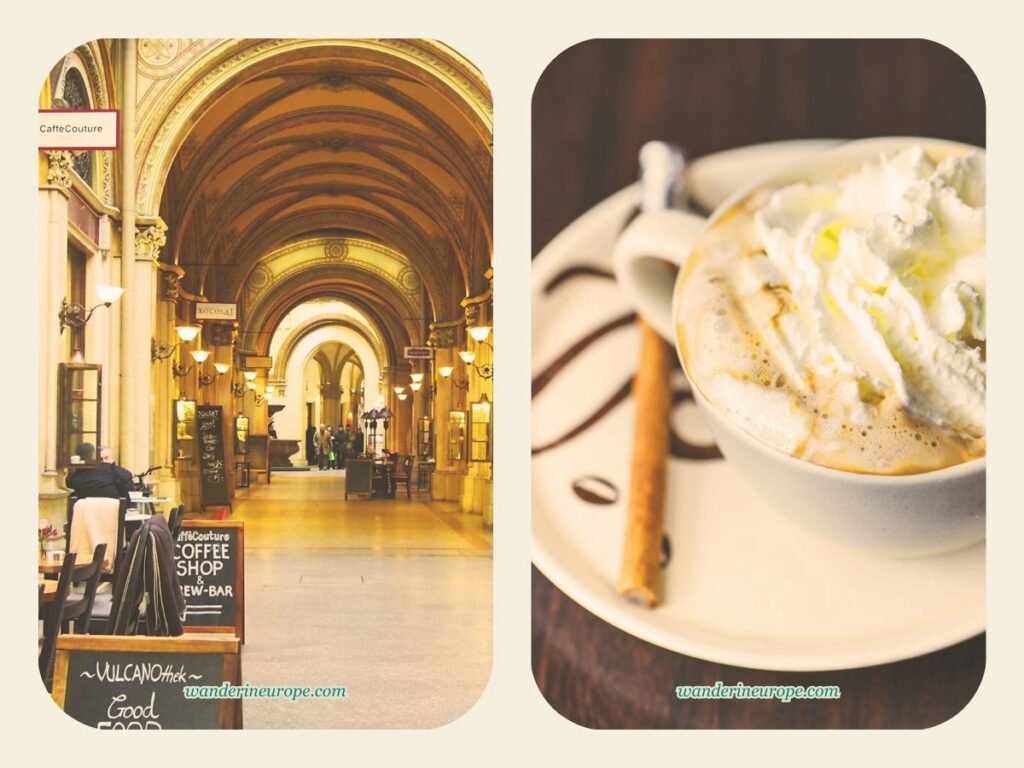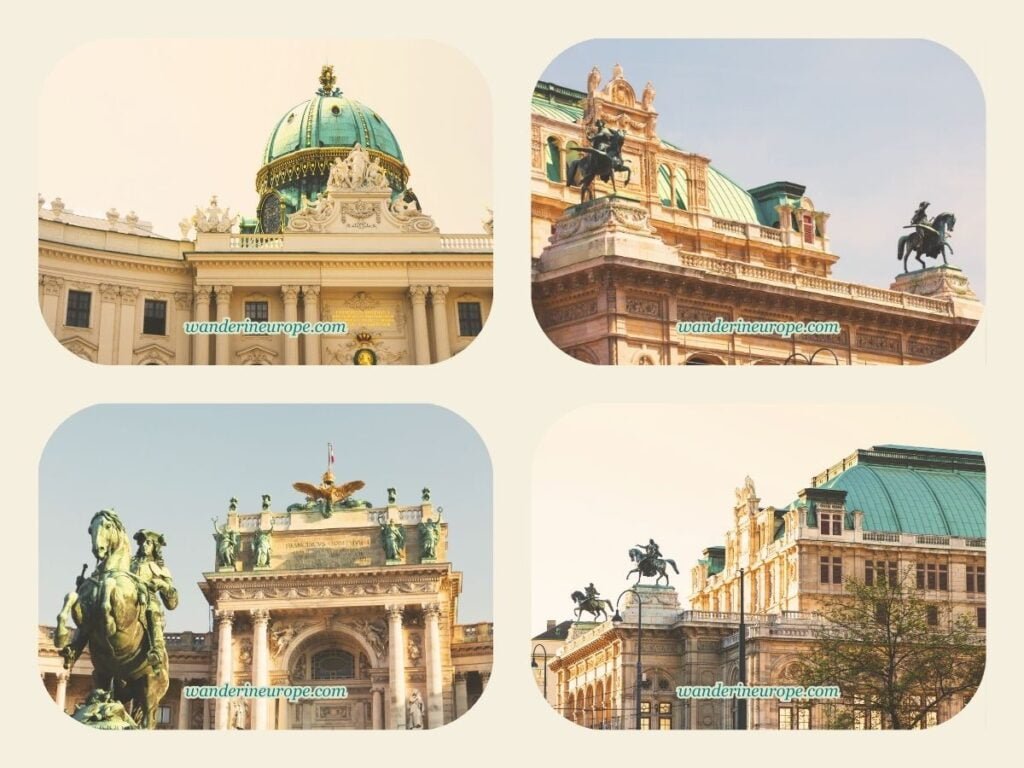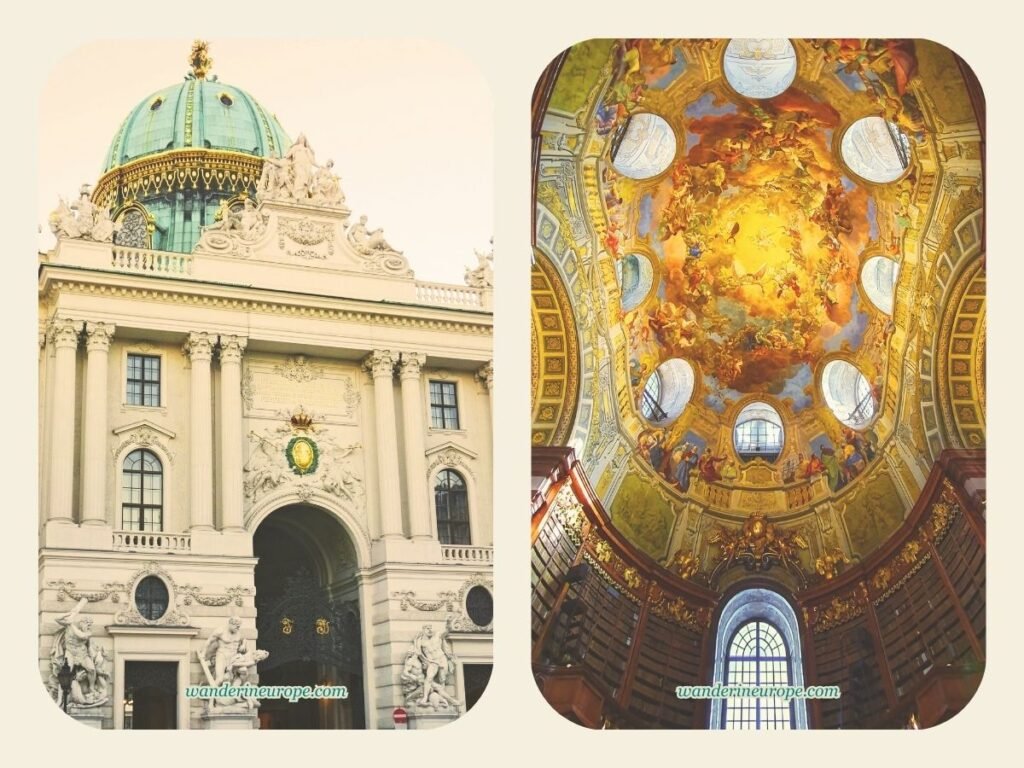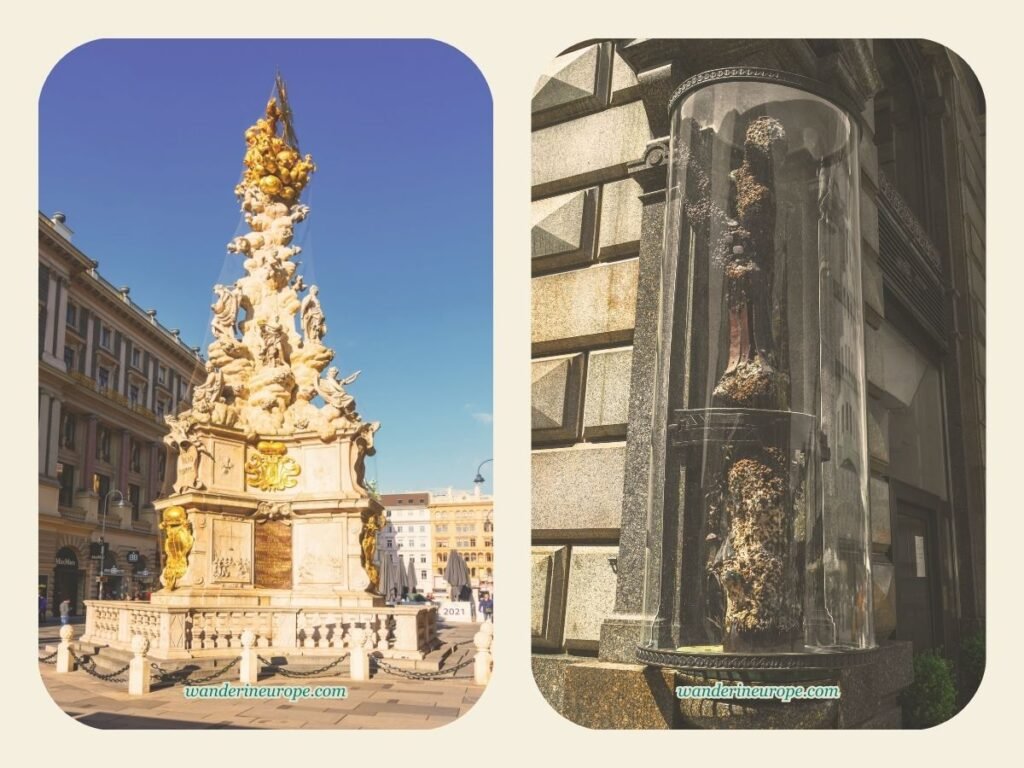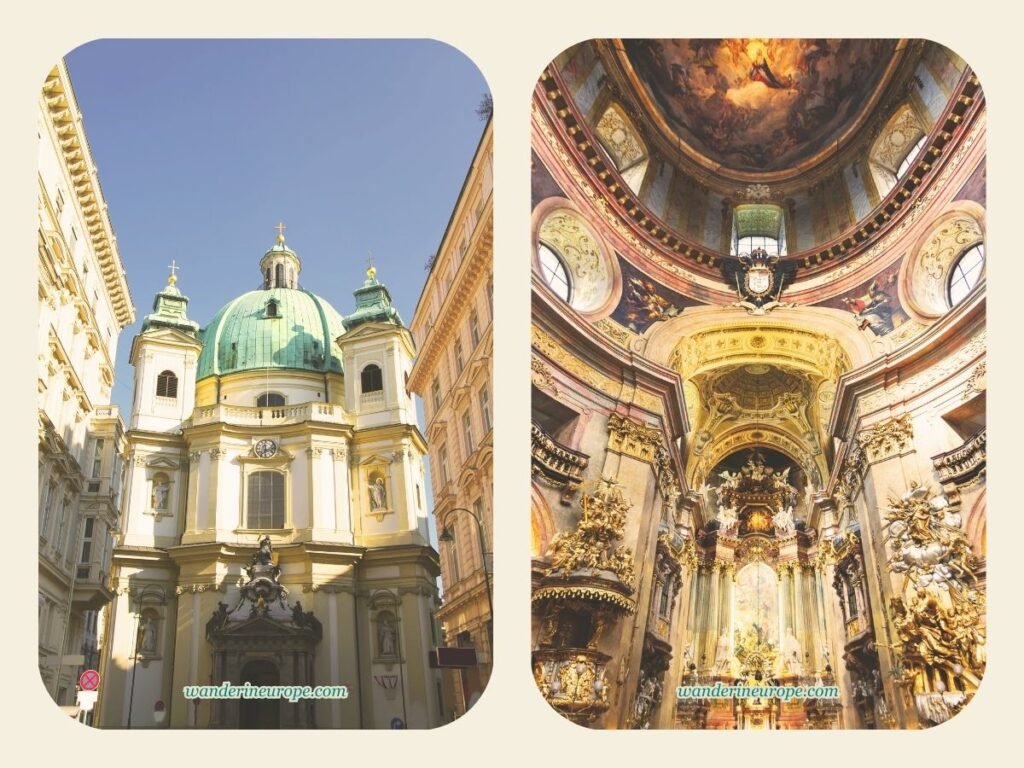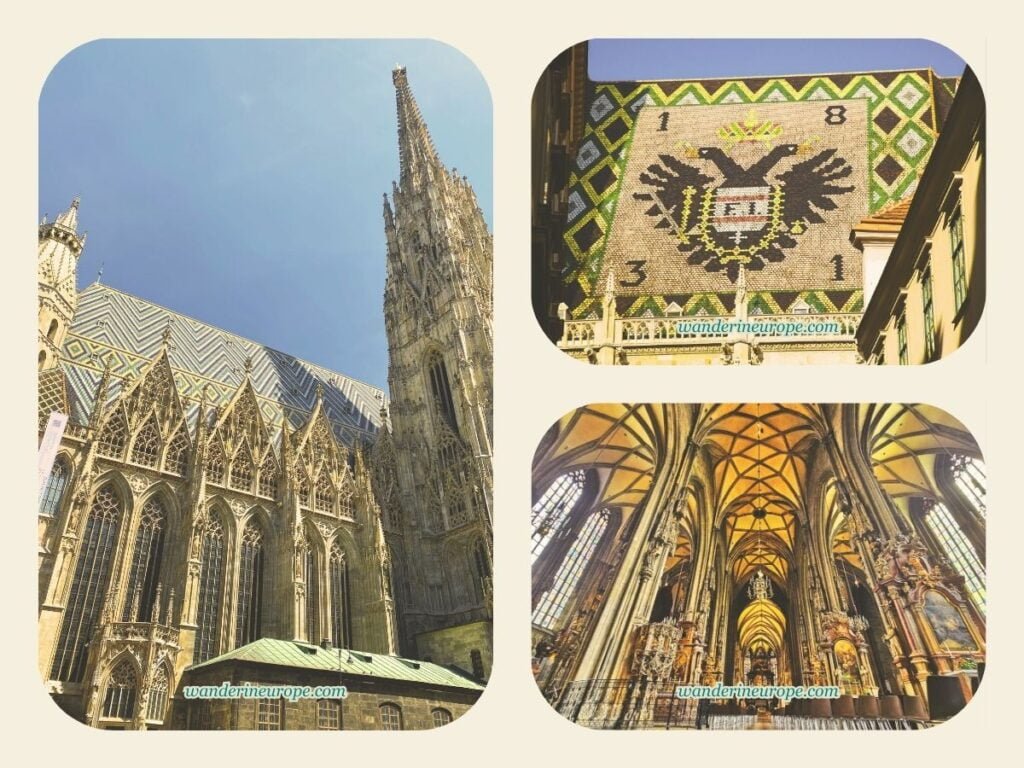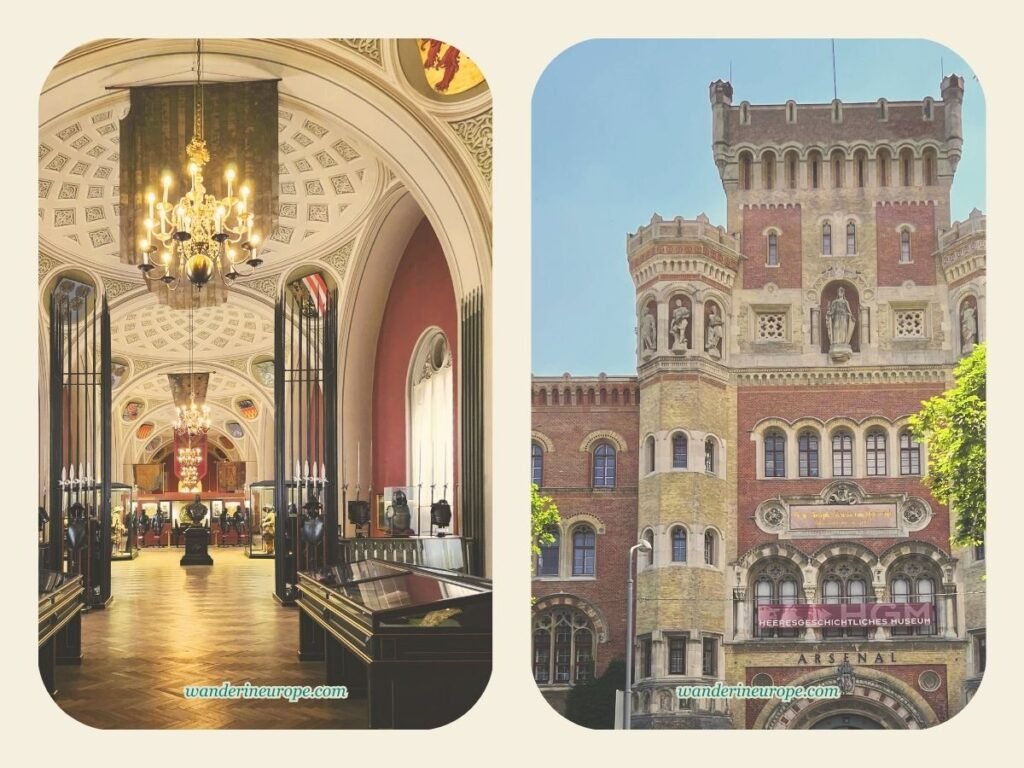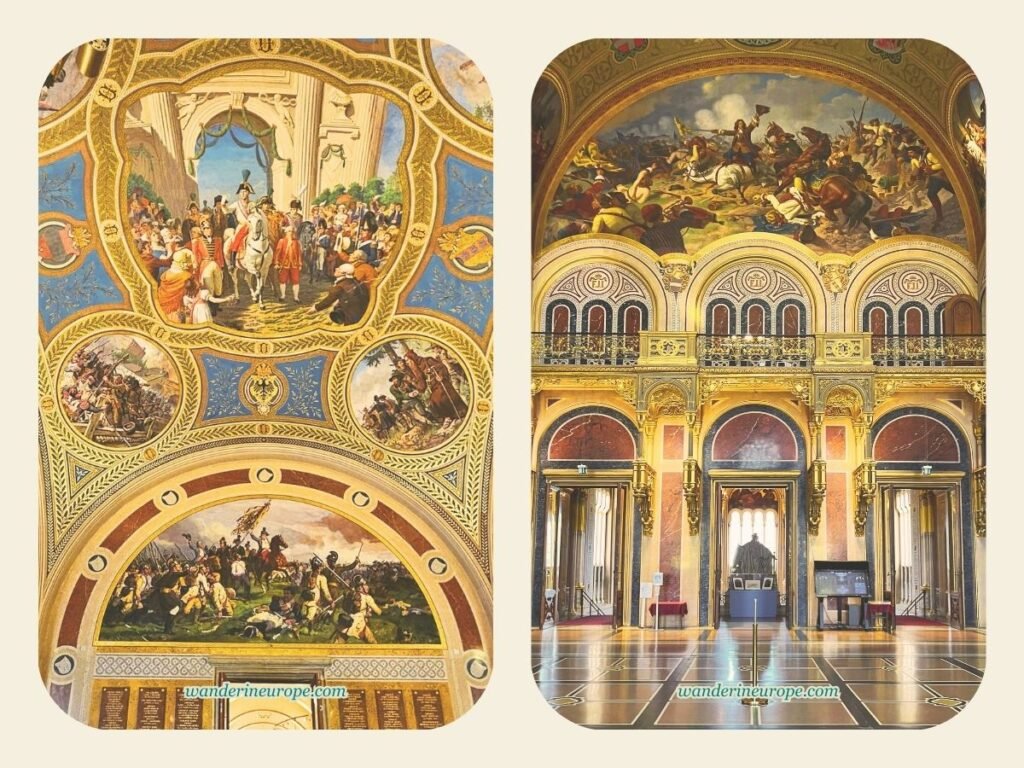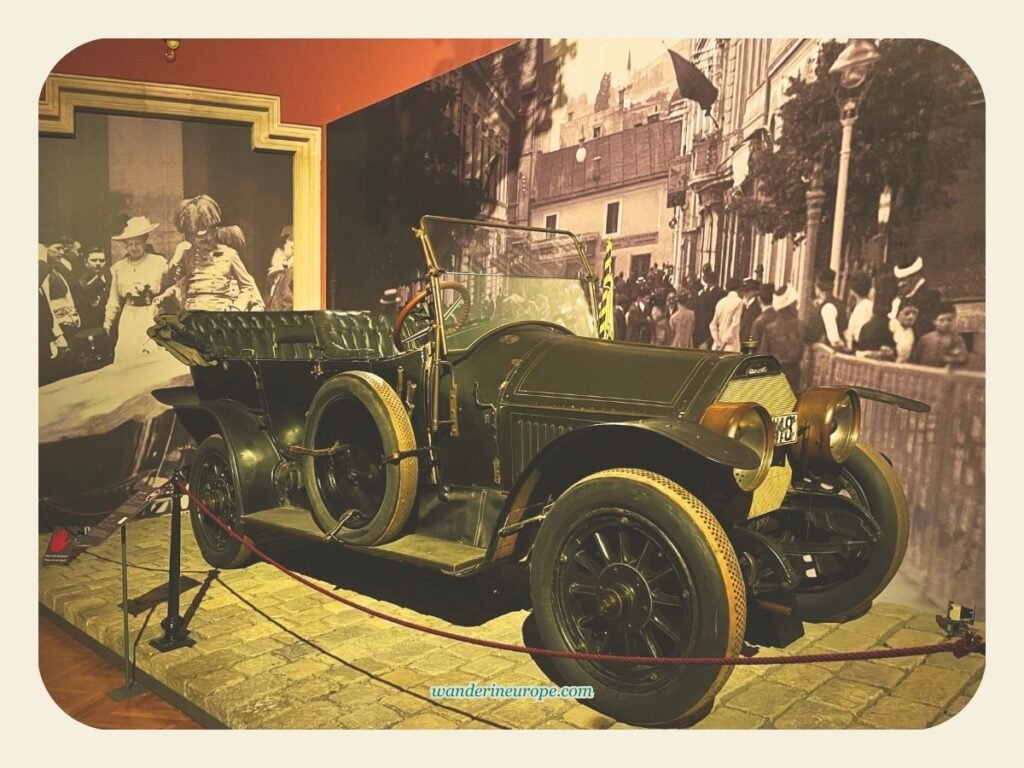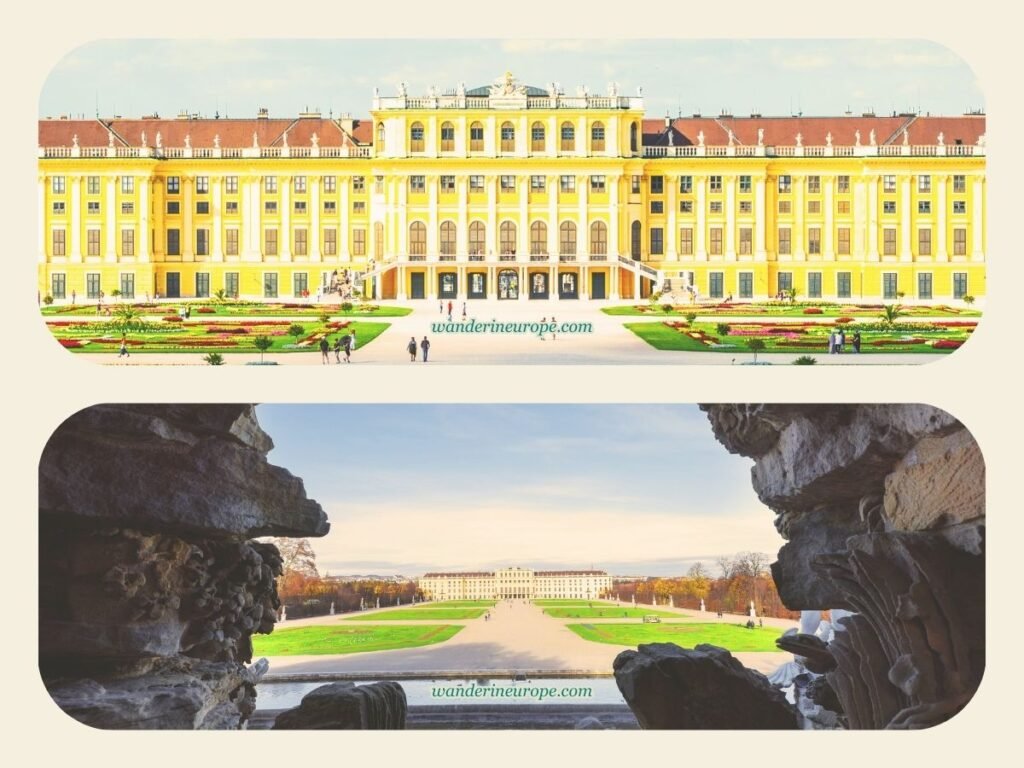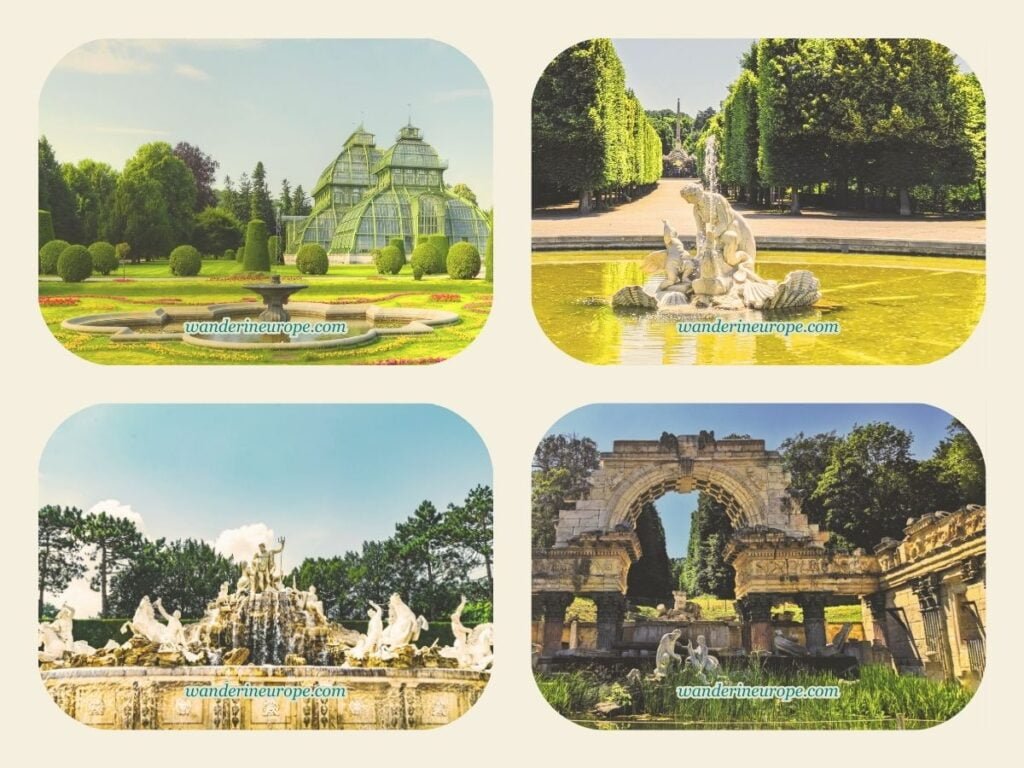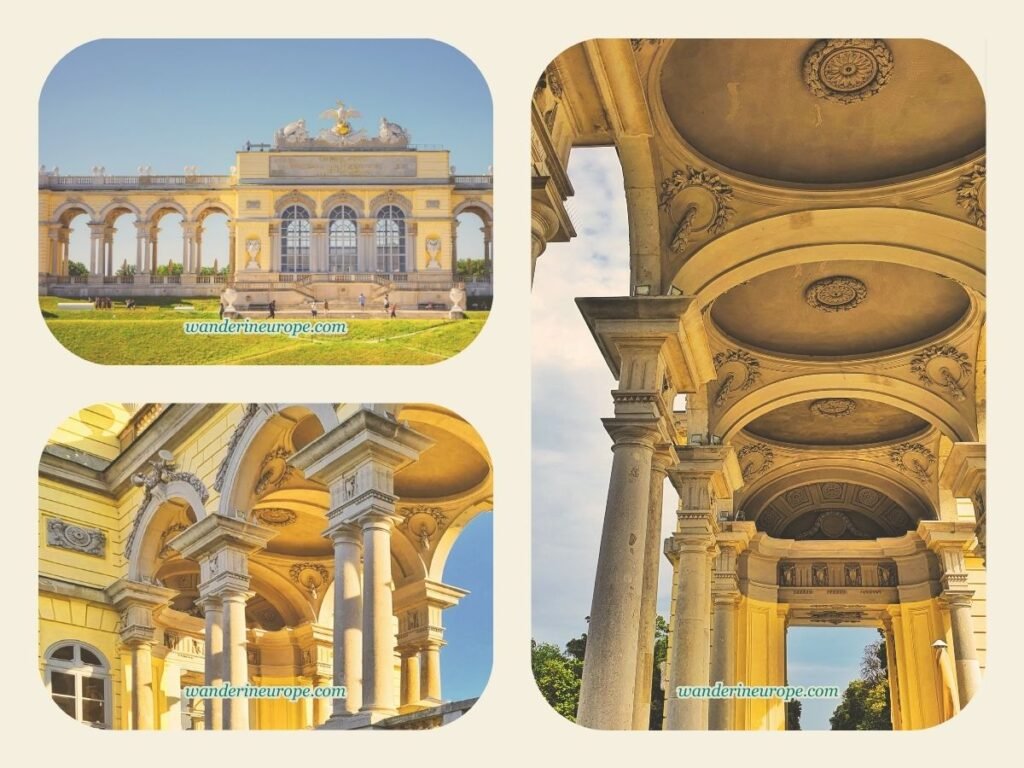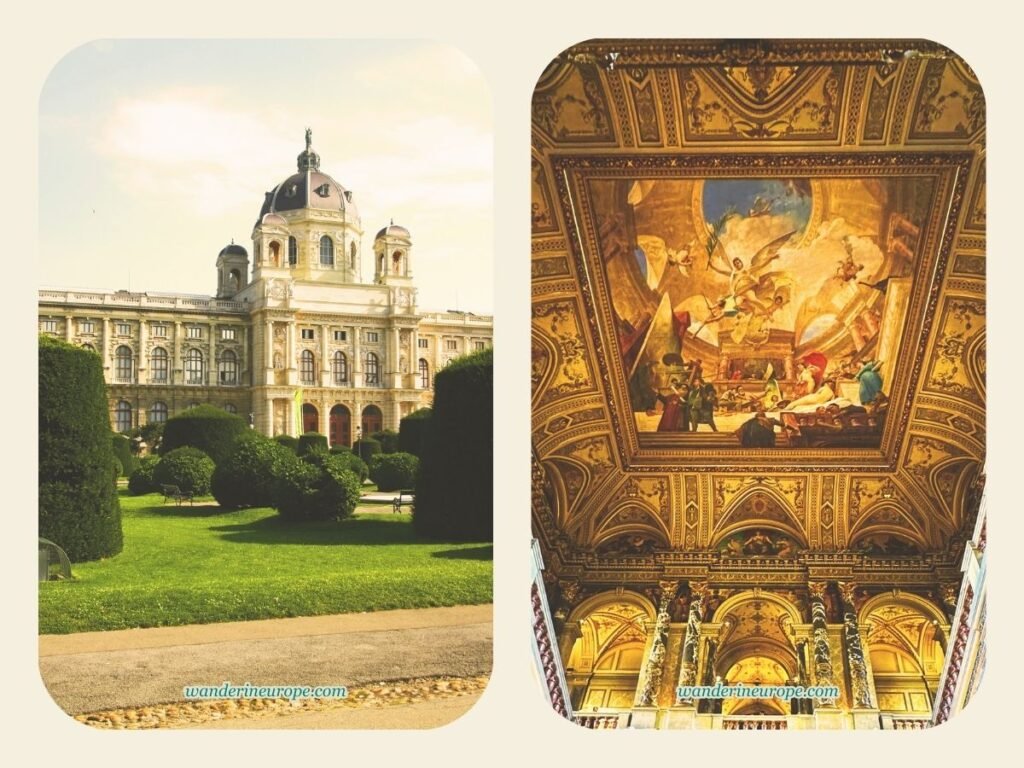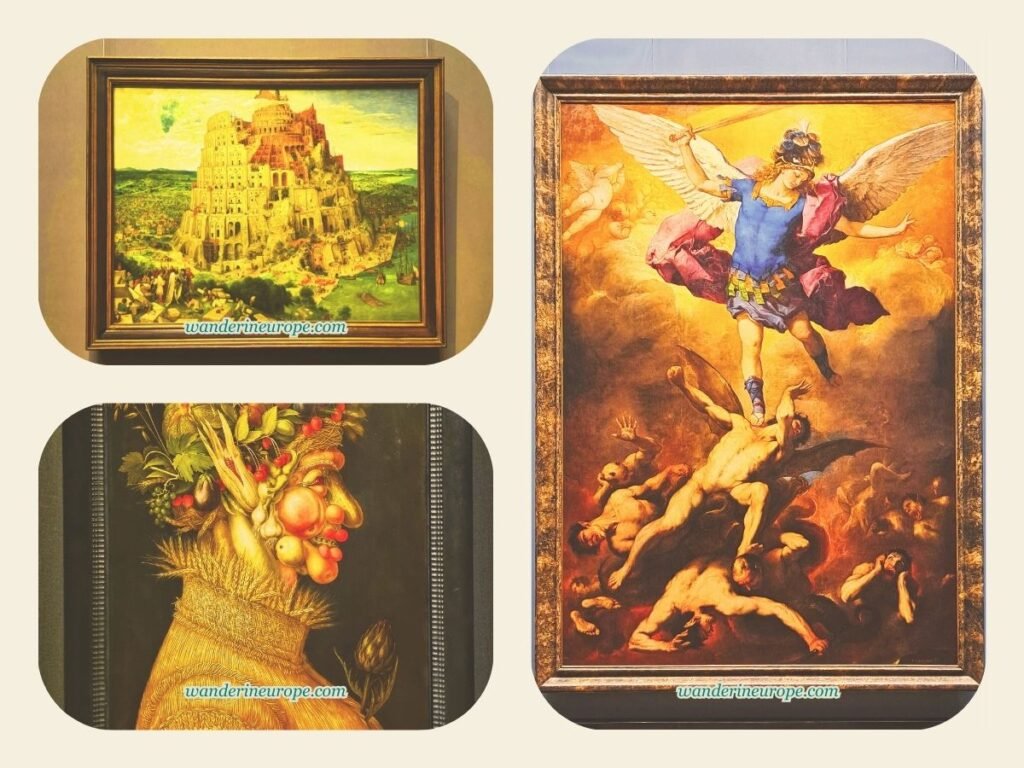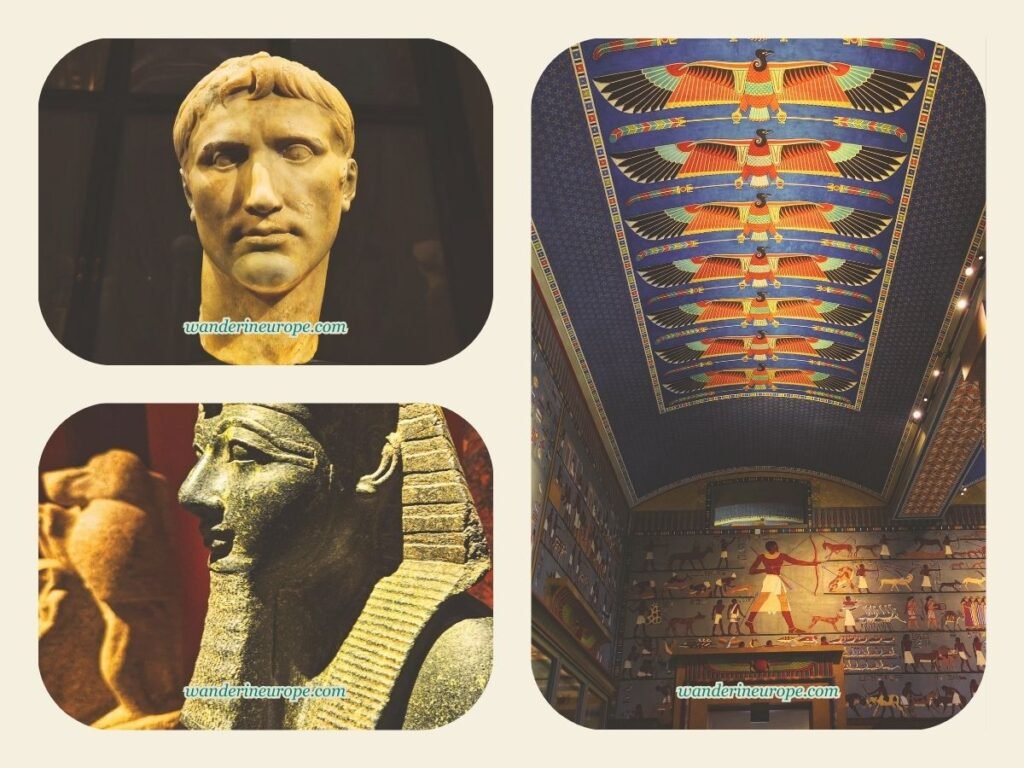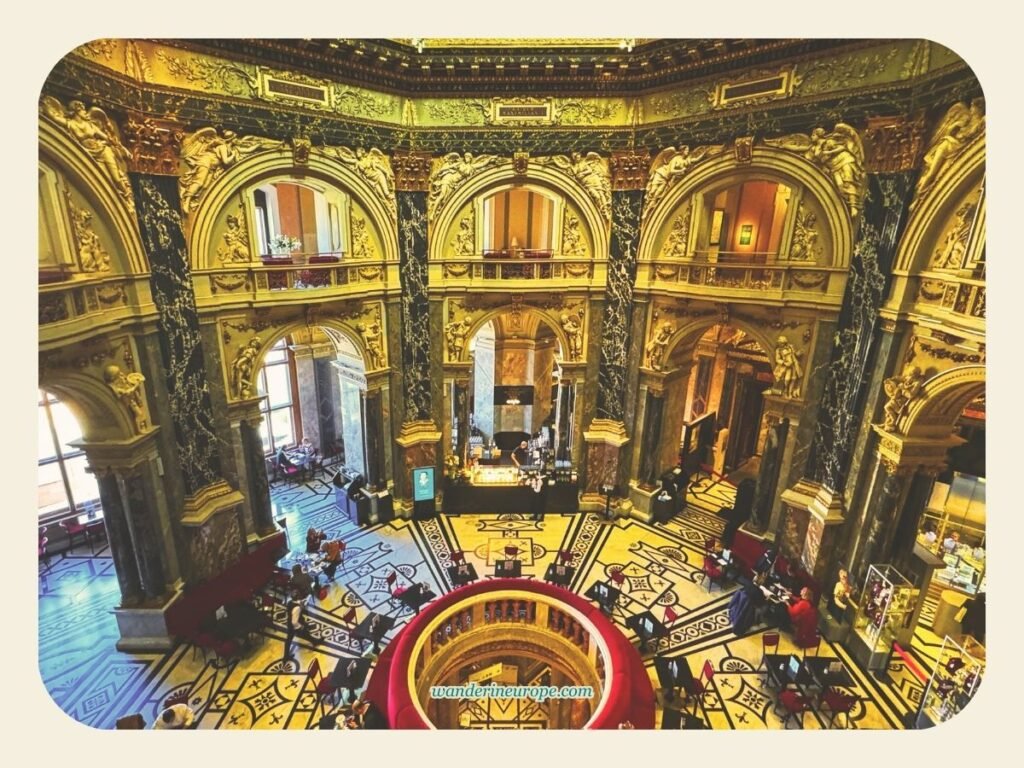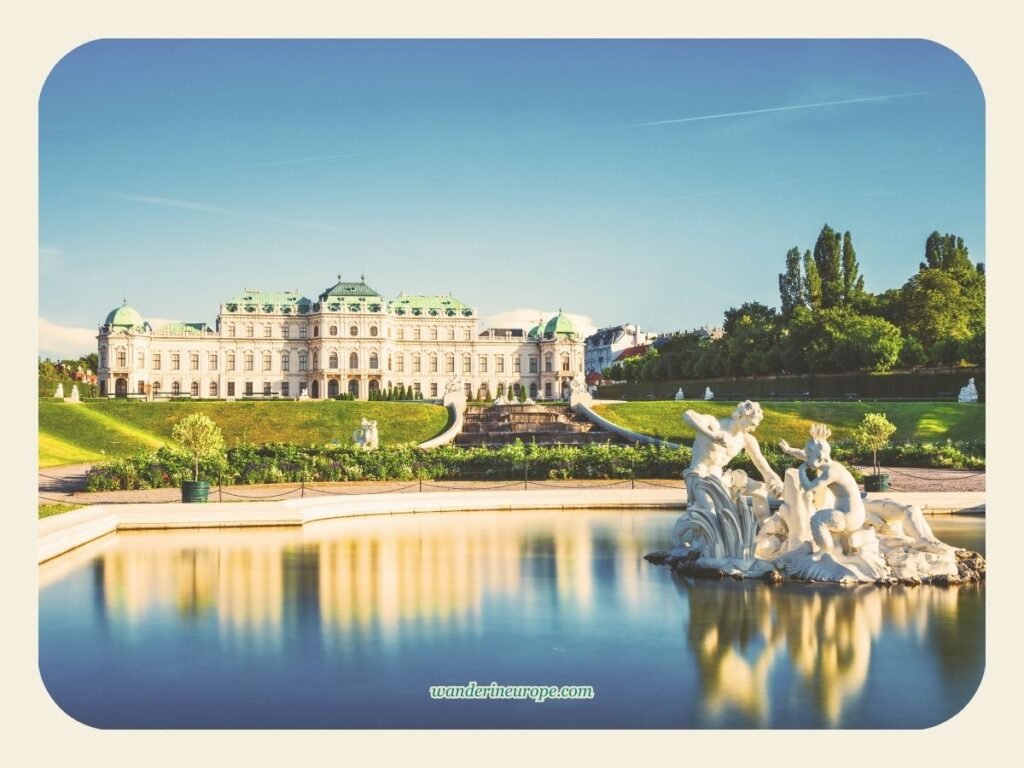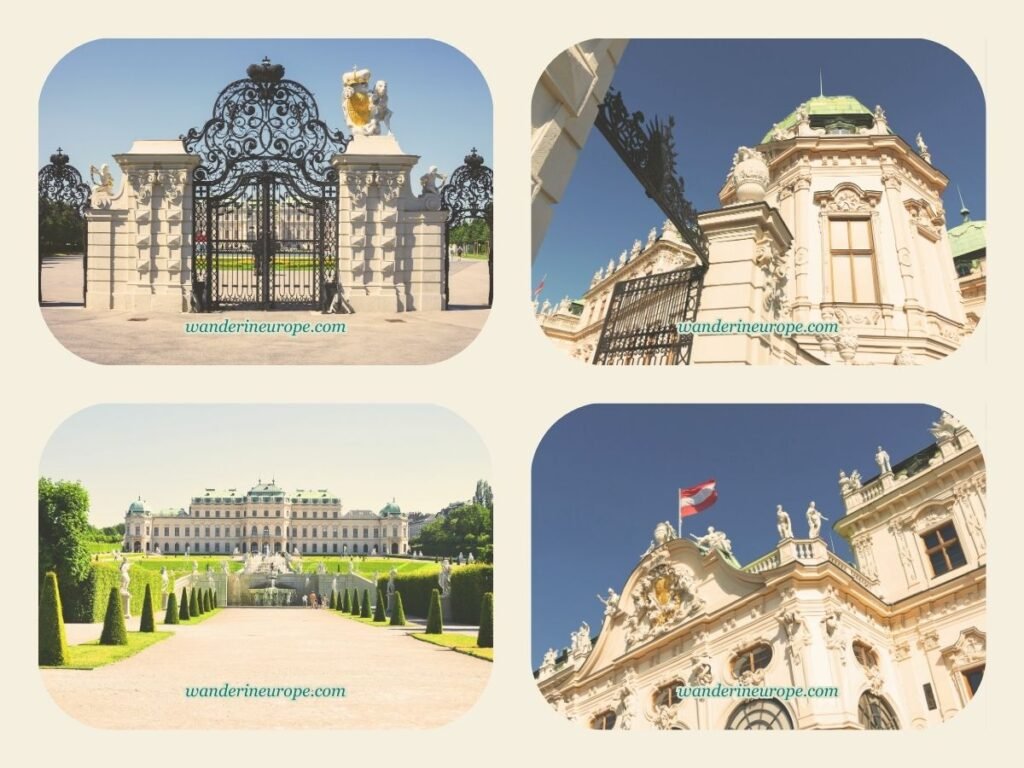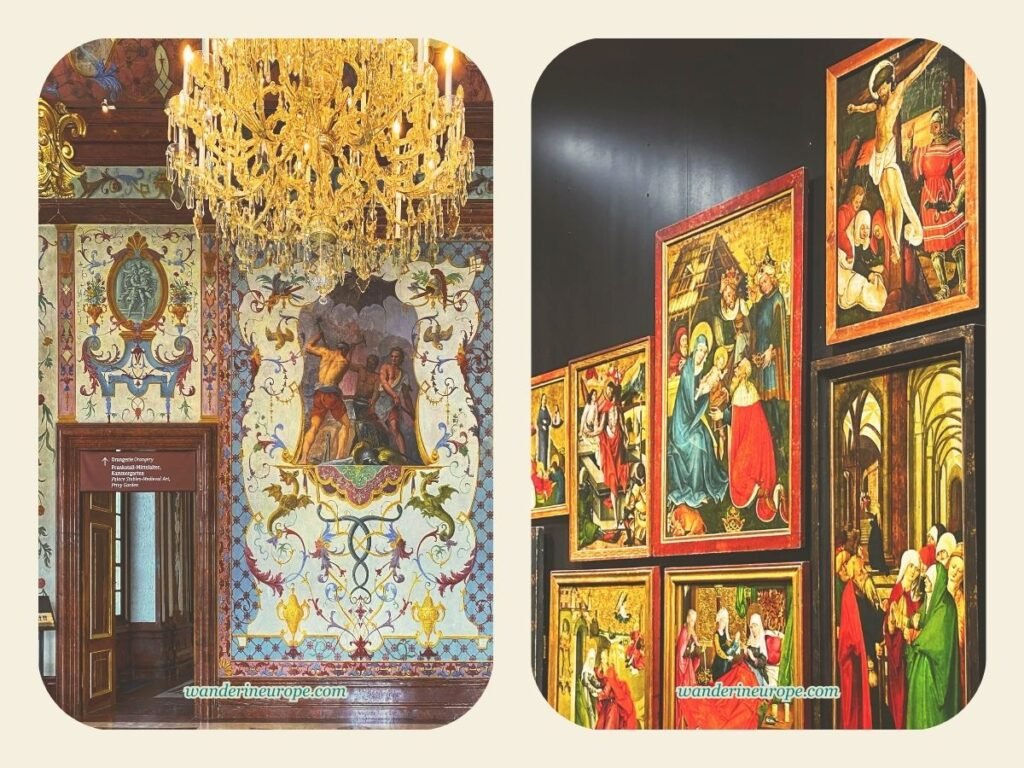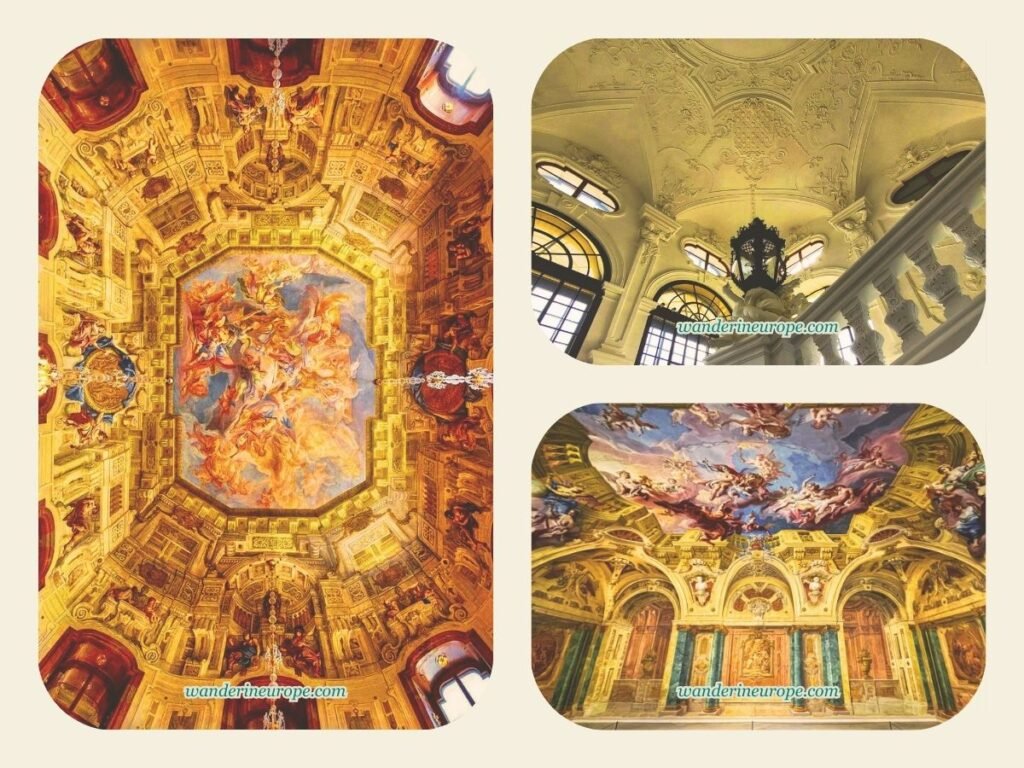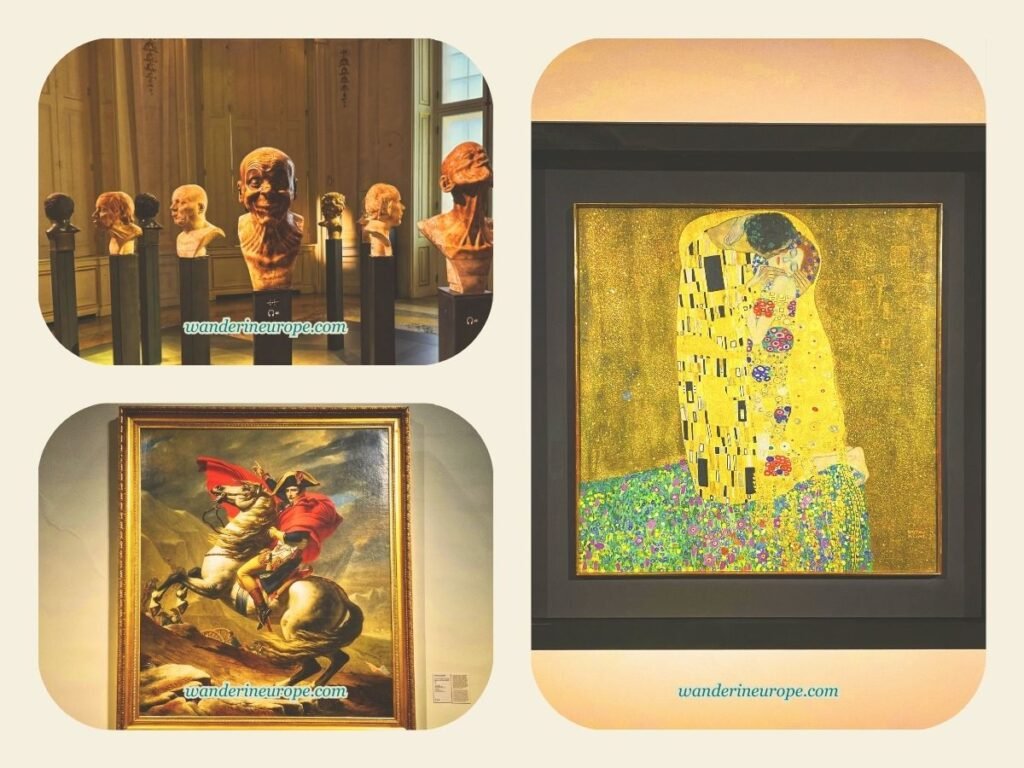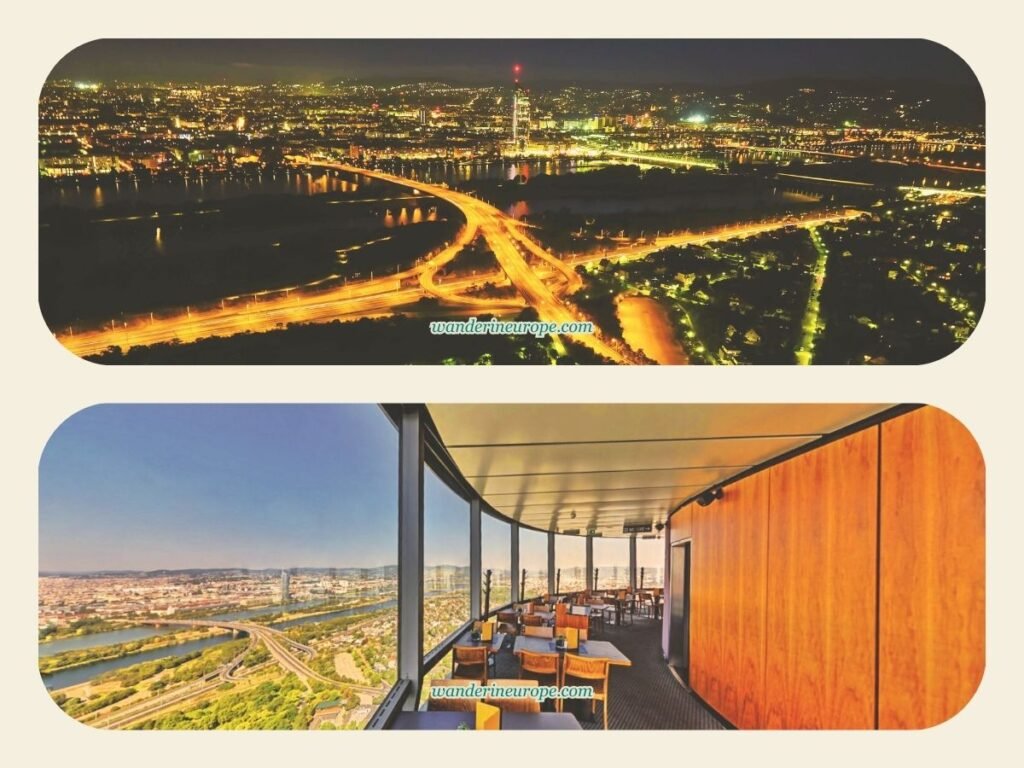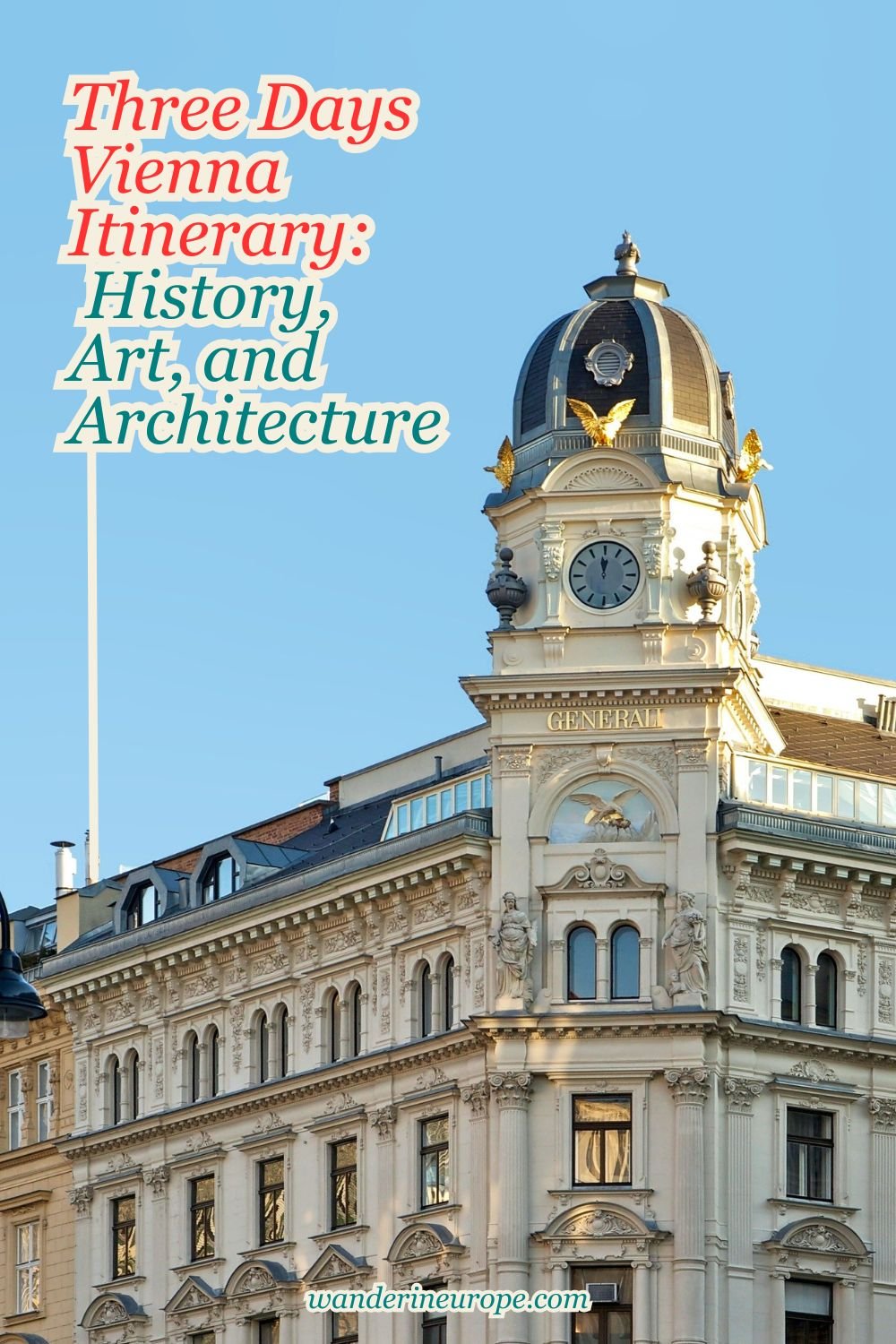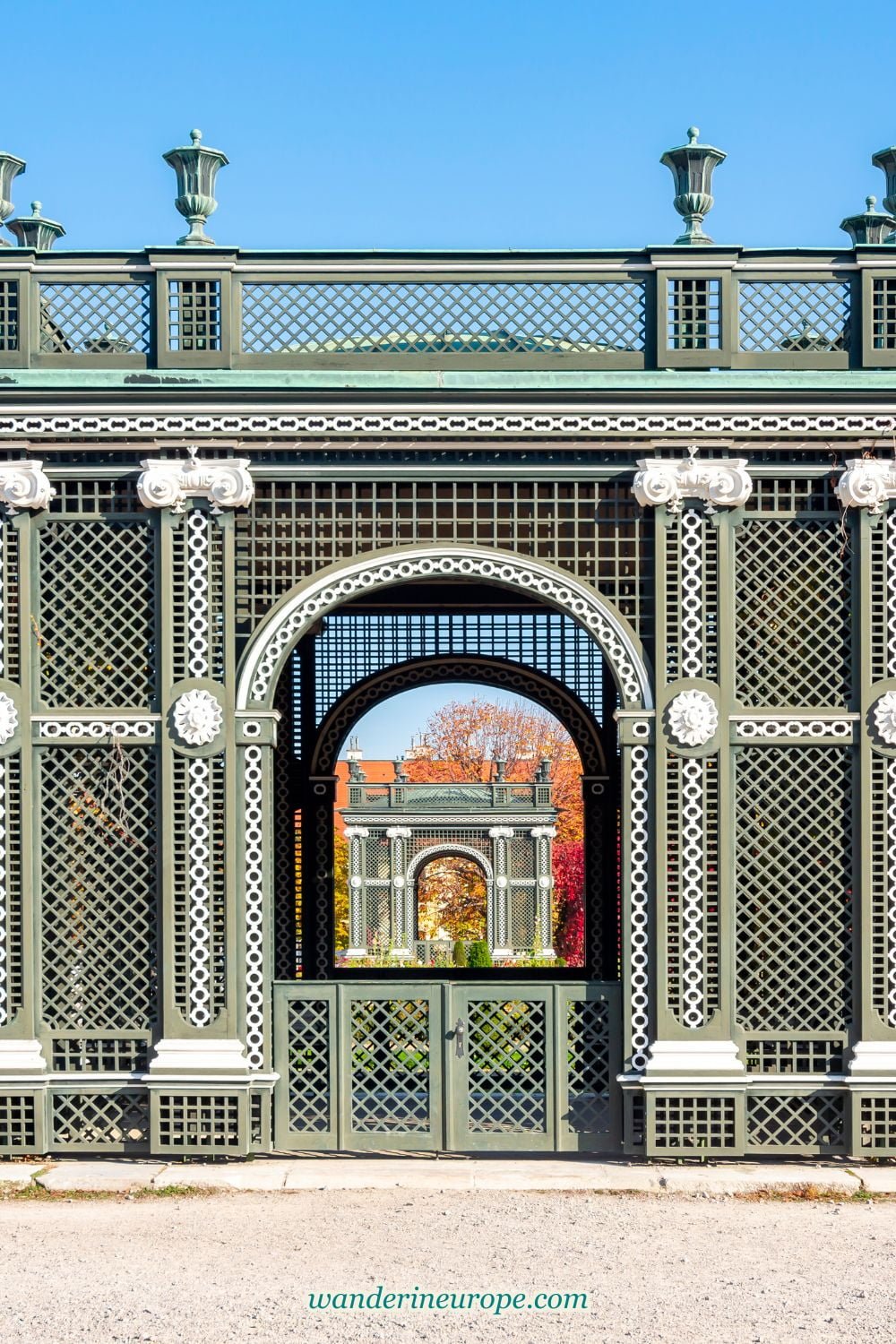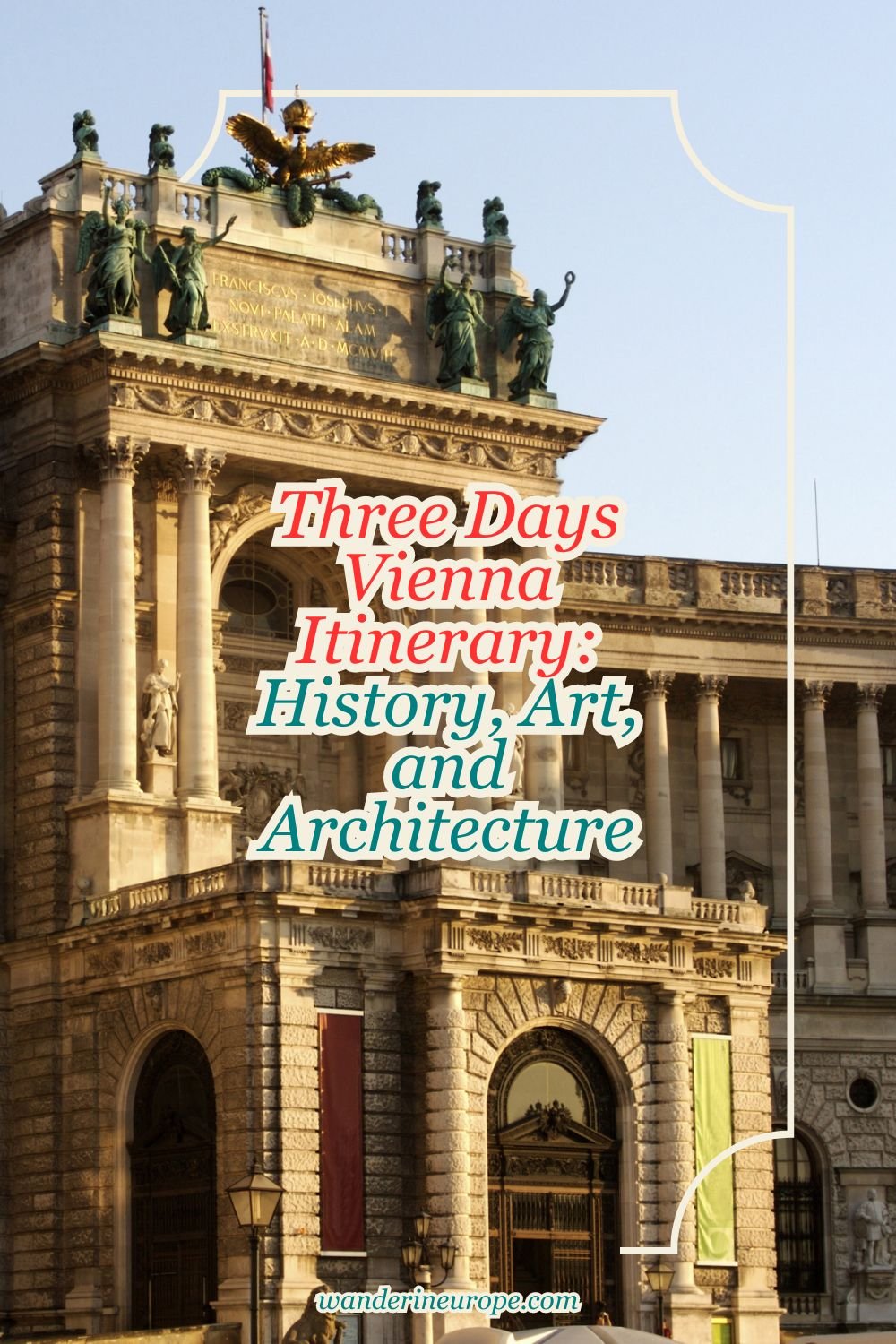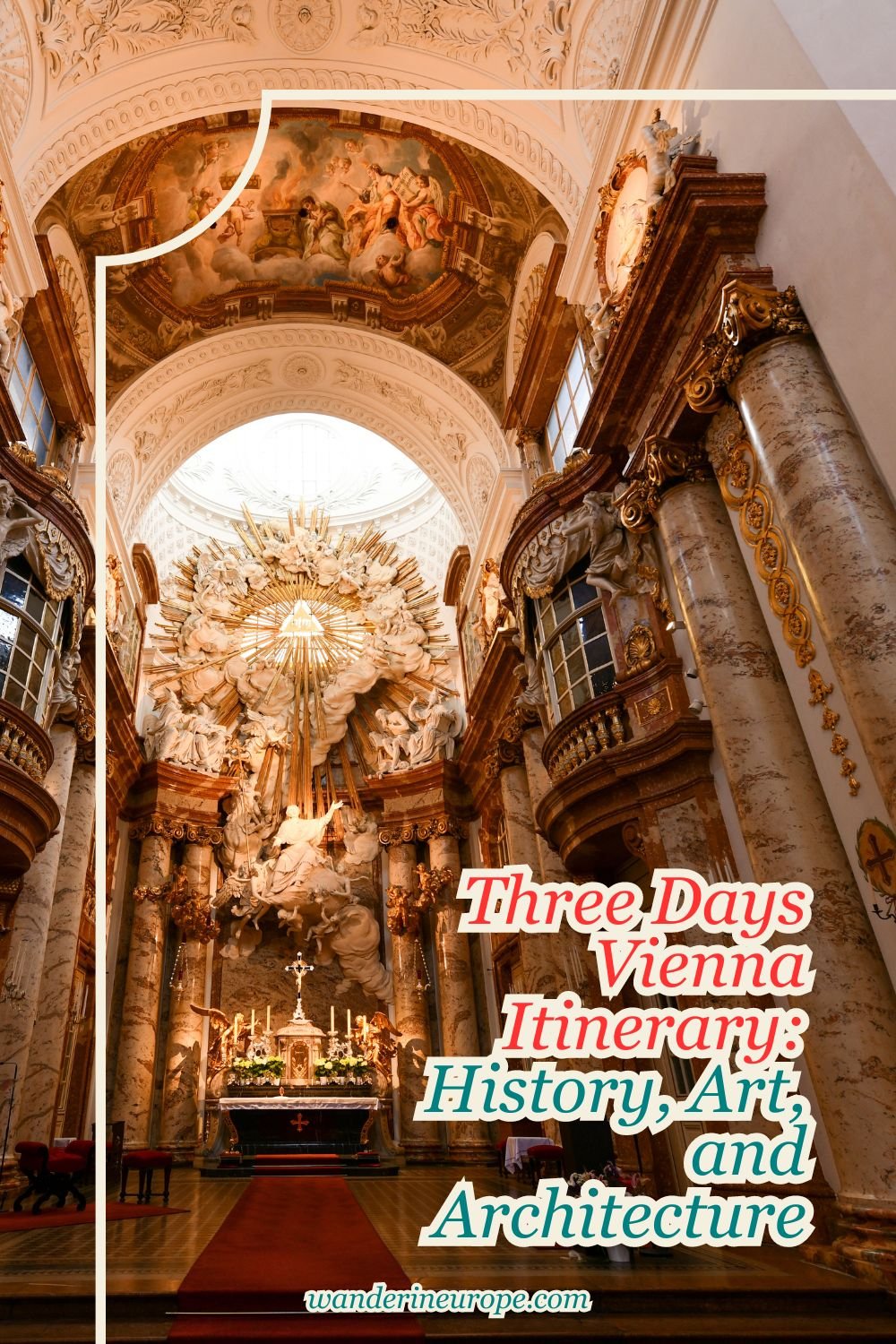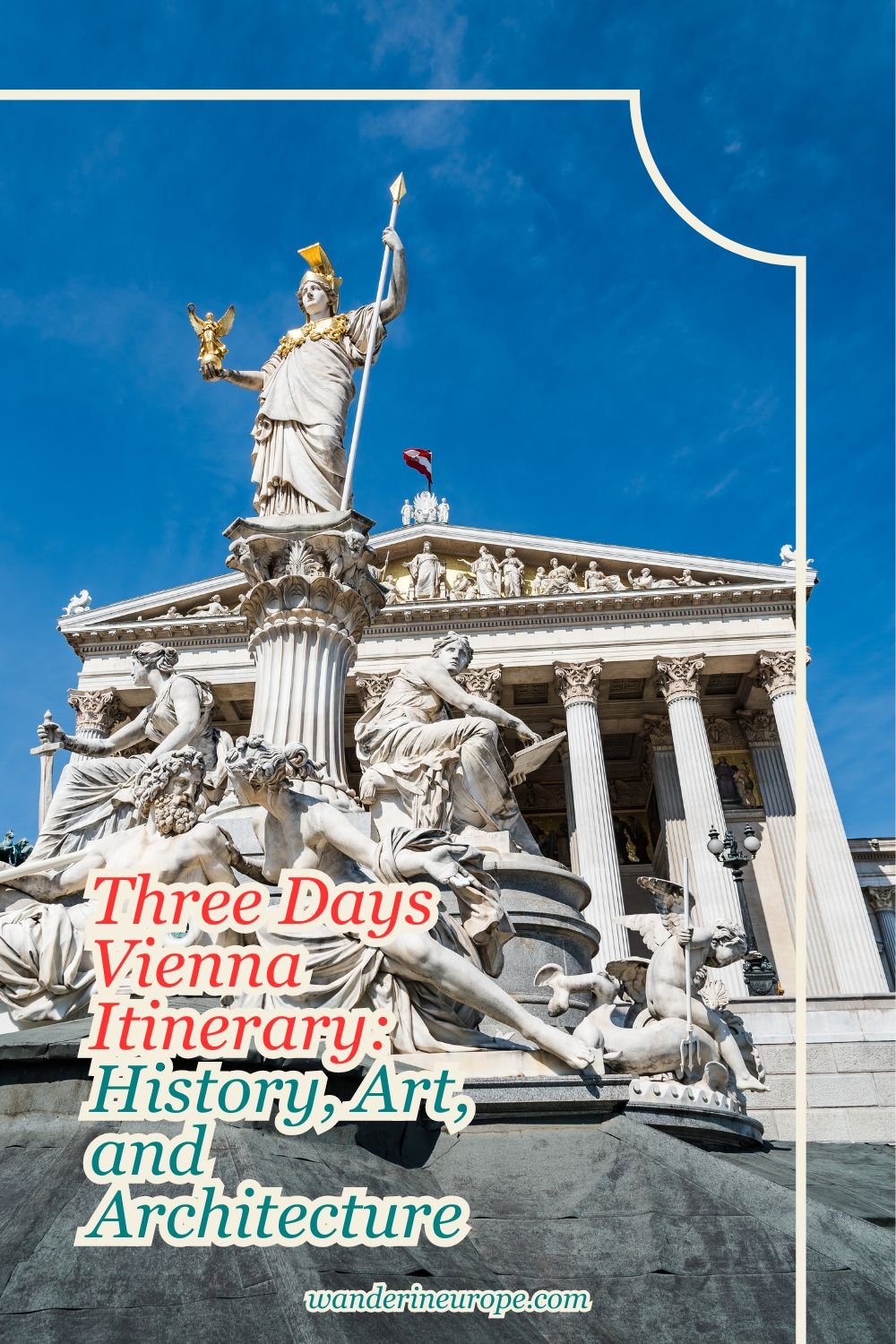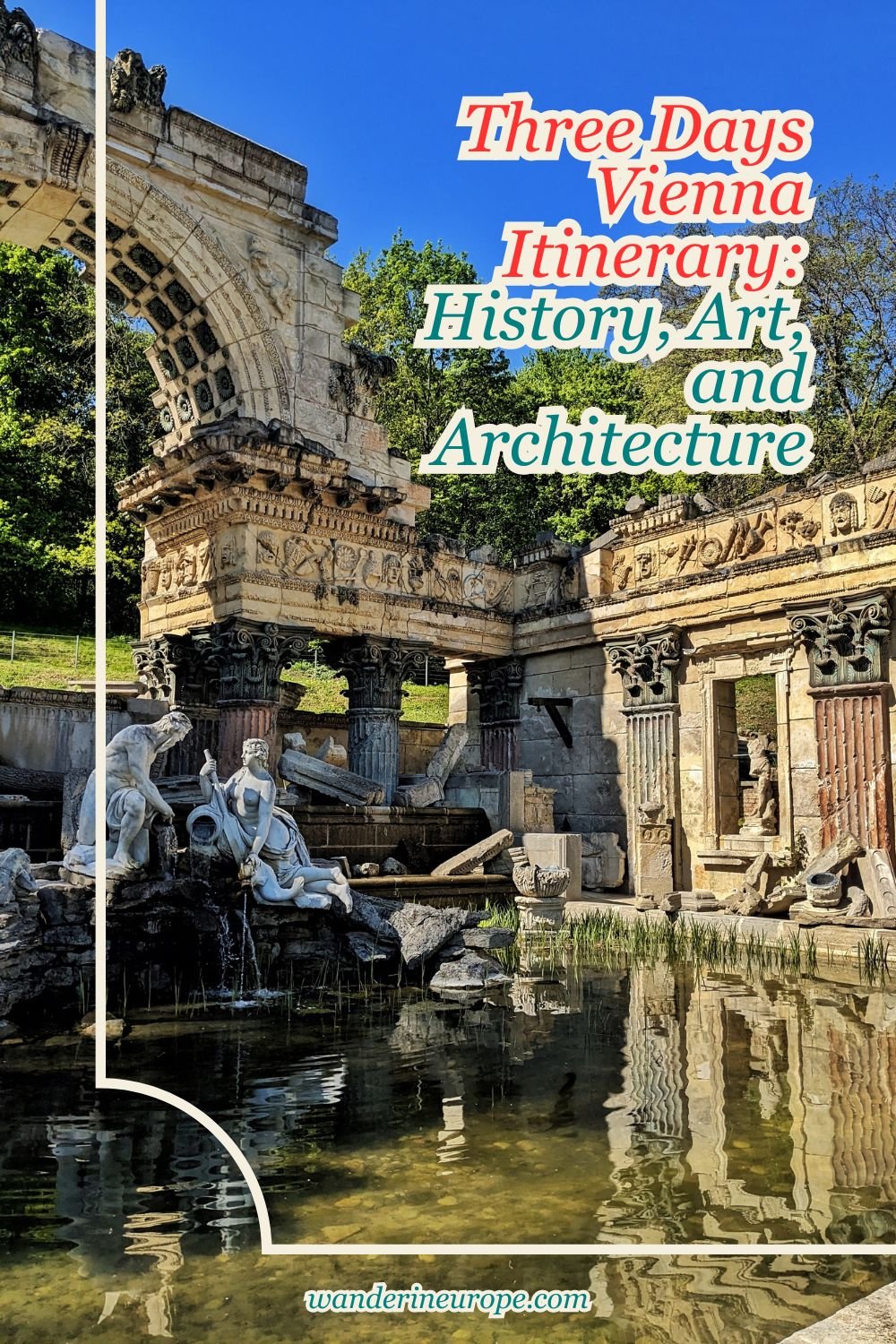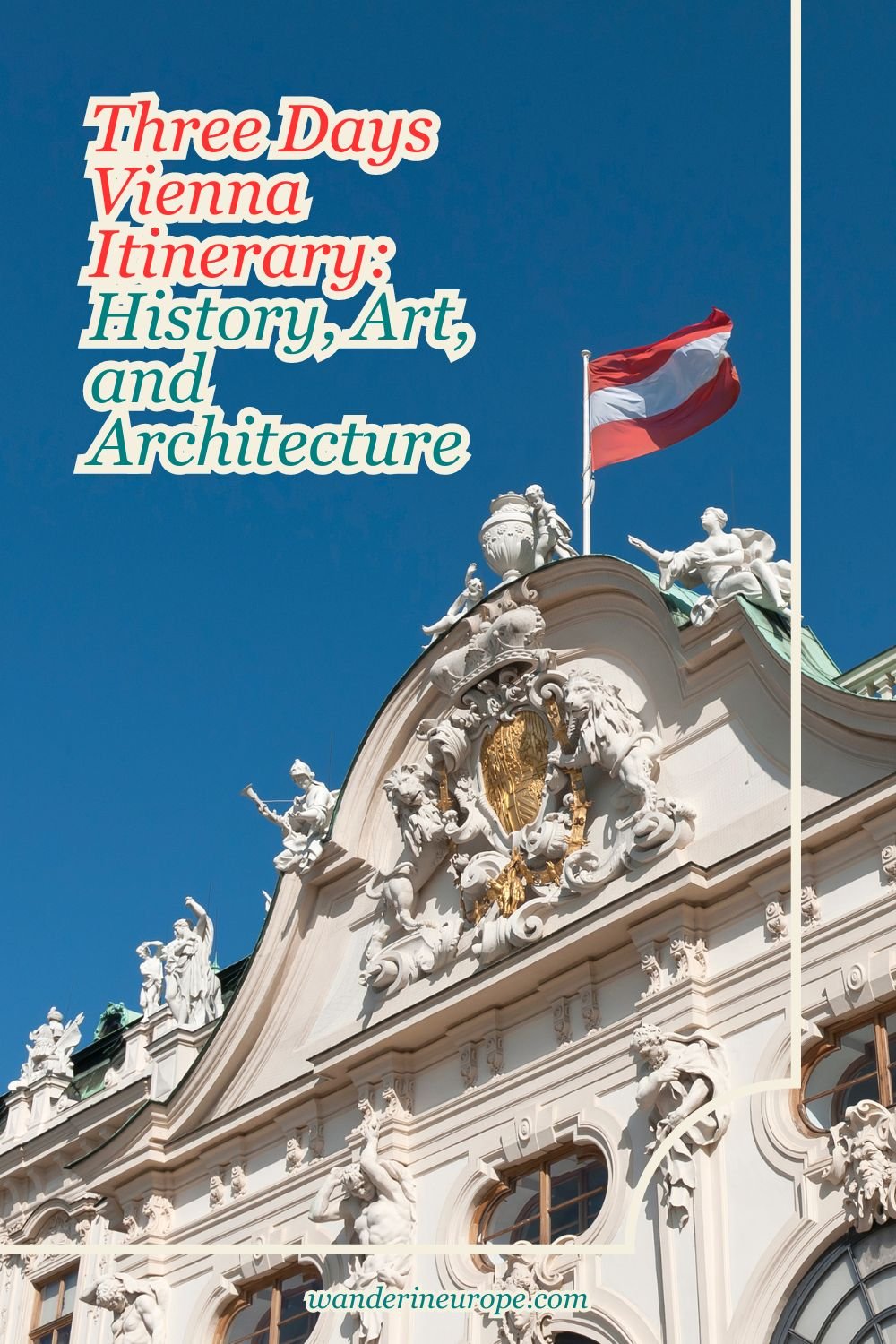Three Days Vienna Itinerary: History, Art, and Architecture
WanderInEurope is reader-supported. Affiliate links and ads help us keep creating useful content for you.
Trip Summary
In summary, this 3-day Vienna guide captures the city’s three beautiful aspects:
- Day 1 introduces us to the city’s impressive architecture.
- Day 2 focuses on Vienna’s rich history.
- Day 3 takes us through the city’s most famous art museums.
Note: Each day stands alone, and their sequence is interchangeable according to your preference. One instance where you might want to rearrange them is when a day of your visit coincides with Monday or Thursday. Museums often close on Mondays for maintenance, such as the Kunsthistorisches Museum, which is scheduled for Day 3 of this itinerary. If your visit is from Saturday to Monday, you might consider swapping the activities of Day 3 with those of Day 1 or 2.
For more ideas on where to go in case there are any closed attractions, check out my list of beautiful places you can visit for free in Vienna or the list of little gems I discovered in Old Town Vienna.
Check this out: Vienna Experiences You Can Afford—Under $100 (opens in a new tab)
From great hotel deals to skip-the-line tickets and affordable eSim to cheap rentals, click here for the best hotel deals and more travel discounts.
Day 1 — Architecture

Slide show: visual summary of your first day in Vienna

Among the beautiful aspects of Vienna, architecture is the easiest to find and appreciate. It is everywhere in Vienna. Of course, the best part is that it is free.
I have scheduled the architectural activities for Day 1 because the architectural marvels in the city leave a lasting impression; they are a great way to introduce you to Vienna’s character. A simple stroll through its historic center will show you how it has lived up to its role as the capital of the Austrian or Habsburg Empire.
Wanderers would love exploring the city, for all major Western architectural styles are visible. Beautiful buildings boasting Baroque, Gothic, Classical, and Renaissance styles can be spotted everywhere. You can enter some of them and behold the elegant interiors. For example, the coffee houses for which Vienna is famous!
This is why there is no better way to kick off your first day in Vienna than by visiting an elegant coffee house, immersing you in a Viennese tradition that dates back to the late 17th century
Day 2 — History

Slide show: visual summary of your second day in Vienna

For your second day in Vienna, we uncover the things that make Vienna a great city beyond its beautiful appearance.
During your visit to the attractions, you’ll uncover 2000 years of history, starting from the Roman era when Vienna was known as Vindobona, through the Habsburg dynasty, and into modern times when Vienna became renowned as a center of arts, music, and intellectual thought.
You’ll hear the names of the city’s greatest personalities, from Habsburgs like Emperor Franz Joseph and Empress Maria Theresa to legendary composers like Mozart, Beethoven, and Johann Strauss II. Not only will you hear their stories, but you’ll also see the magnificent places where they lived and the objects they used.
Your second day in Vienna will be a beautiful journey through time.
Day 3 — Art

Slide show: visual summary of your third day in Vienna

Your last day in Vienna will be dedicated to a different kind of beauty, one that reveals the character, creativity, and ideals of the city’s residents. It’s time to discover the art in Vienna.
Well, where do we begin? Art is everywhere in the city. You can visit the Albertina Museum, located in the Hofburg, the Museum of Applied Arts along the Ringstrasse, and the Leopold Museum in the MuseumsQuartier. Fun fact: the Leopold Collection is one of the most significant collections of Austrian art in the world.
However, I can’t emphasize enough how unmissable Belvedere Palace and the Kunsthistorisches Museum are. They house some of the most historical masterpieces and famous artworks by renowned artists. What’s even more fascinating is that the Habsburg emperors and Prince Eugene of Savoy themselves collected the artworks you’ll see in these palace-museums.
And here’s why you should be excited to visit: the buildings housing the art exhibits are masterpieces themselves. The frescoes adorning some of the rooms in these palaces and museums are incredibly stunning in both detail and size!
Good to know: It’s up to you whether you visit Belvedere Palace or the Kunsthistorisches Museum first.
- However, if you’re interested in historical art, start your day at the Kunsthistorisches Museum before heading to Belvedere Palace. Visiting the Kunsthistorisches Museum in the morning allows you to see the highlights and gives you the flexibility to adjust your schedule if you come across unique artworks that you want to spend more time admiring. I have to tell you, there’s a lot to see in Kunsthistorisches Museum.
- On the other hand, if you’re into more modern art and you’re a fan of Gustav Klimt, visit the Belvedere Palace first so you may admire his artworks without the crowd of other art admirers.
If you need guidance for visiting each attraction, check out my guide to the Kunsthistorisches Museum and my guide to Belvedere Palace.
Experience Vienna Further
Try the wanderer’s favorite experiences in Vienna. From breathtaking views to remarkable landmarks, these unforgettable places made exploring this amazing city so special.
Find all the travel guides to Vienna and its tourist attractions below.
Planning a longer trip? Why not explore some of Austria’s most beautiful places? Let my 10-day itinerary guide you.
Resources
That wraps up this three day Vienna itinerary! With the artworks that you’ll discover, history you hear, and architectural marvels you’ll find along the way, isn’t Vienna really a wonderful place to visit? Now, should you need more information about this trip, you can check the official websites linked below.
- History of Viennese Coffee house culture
- Ivie — Vienna Guide Smart Phone App
- Time Travel Vienna
- Café-Restaurant at the Kunsthistorisches Museum
For a convenient, unique, or more enriching visit, check out these experiences and services:


Pin this to save it for later or bookmark it to read anytime.


